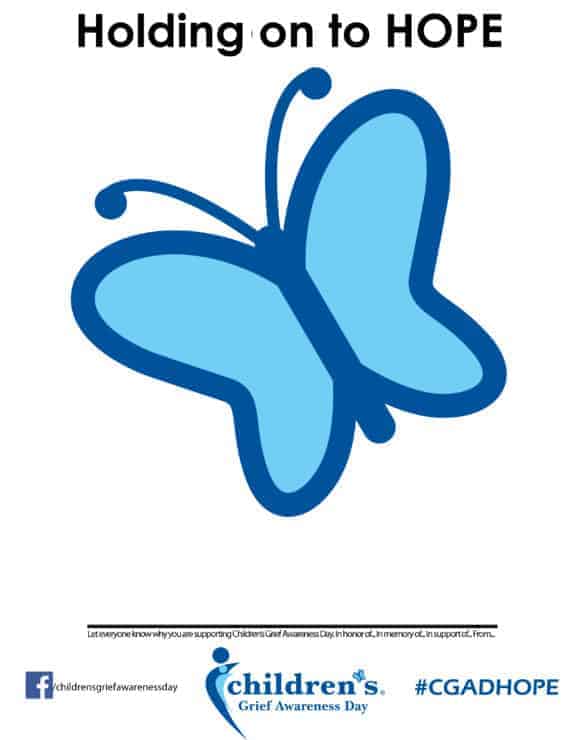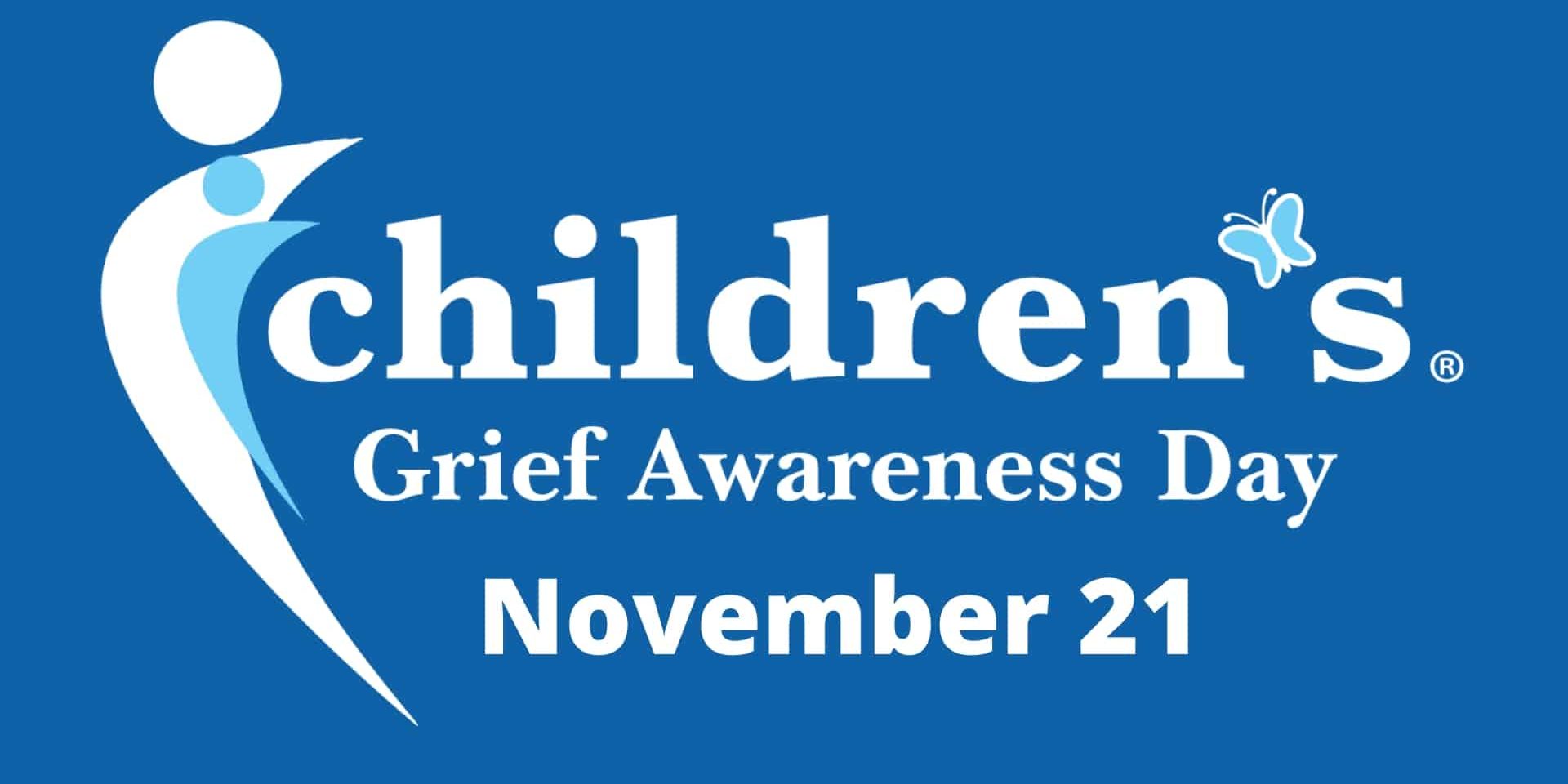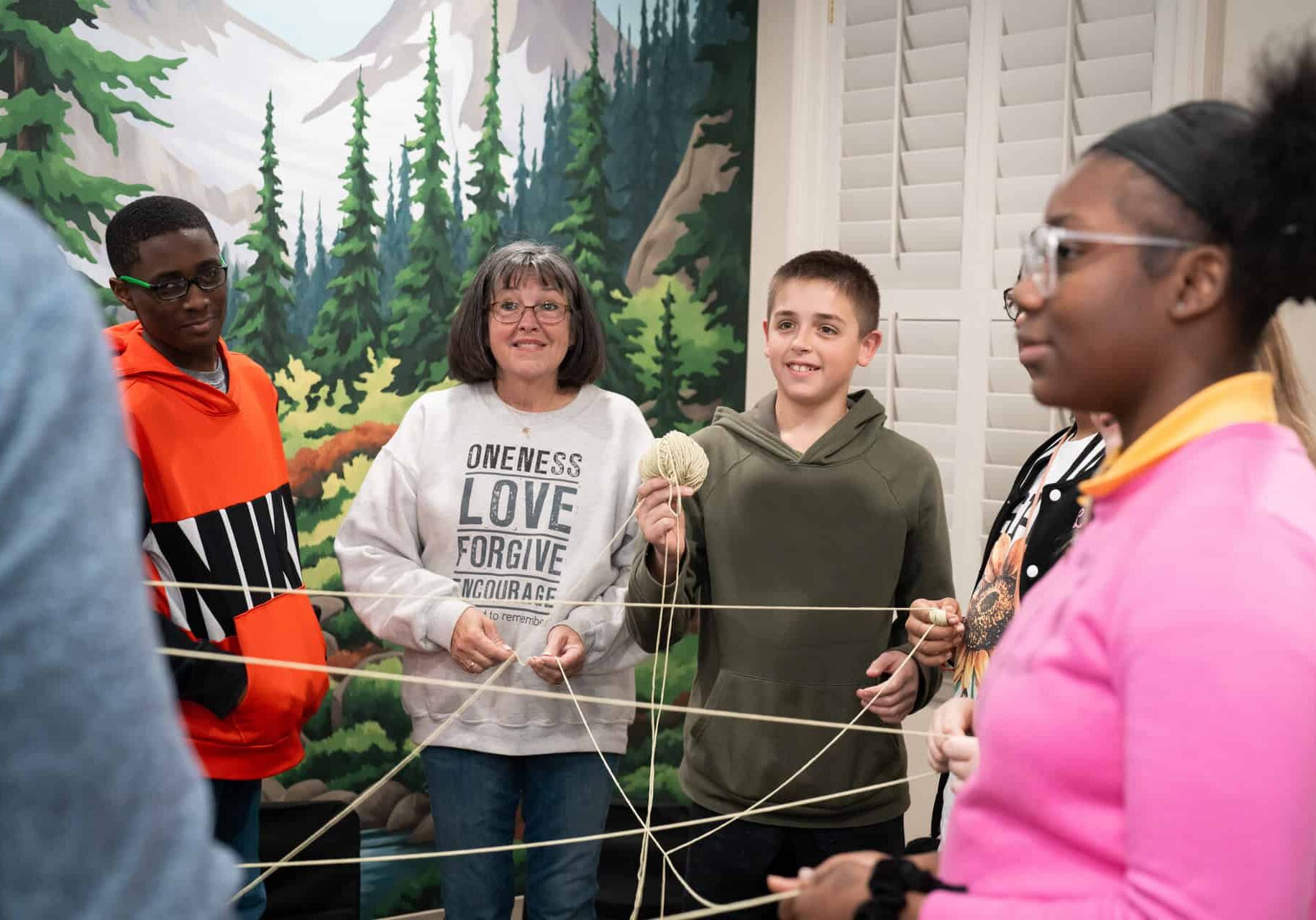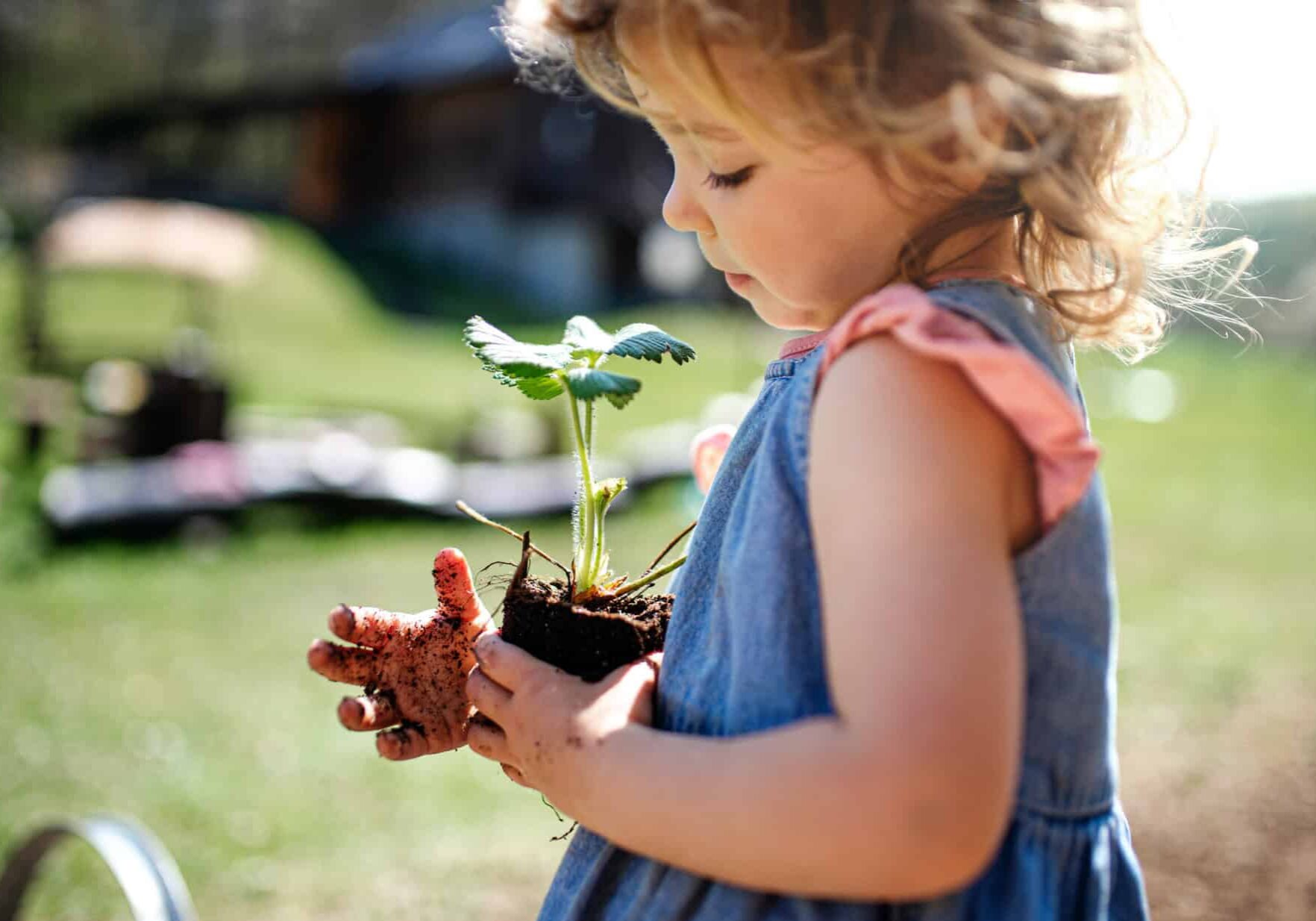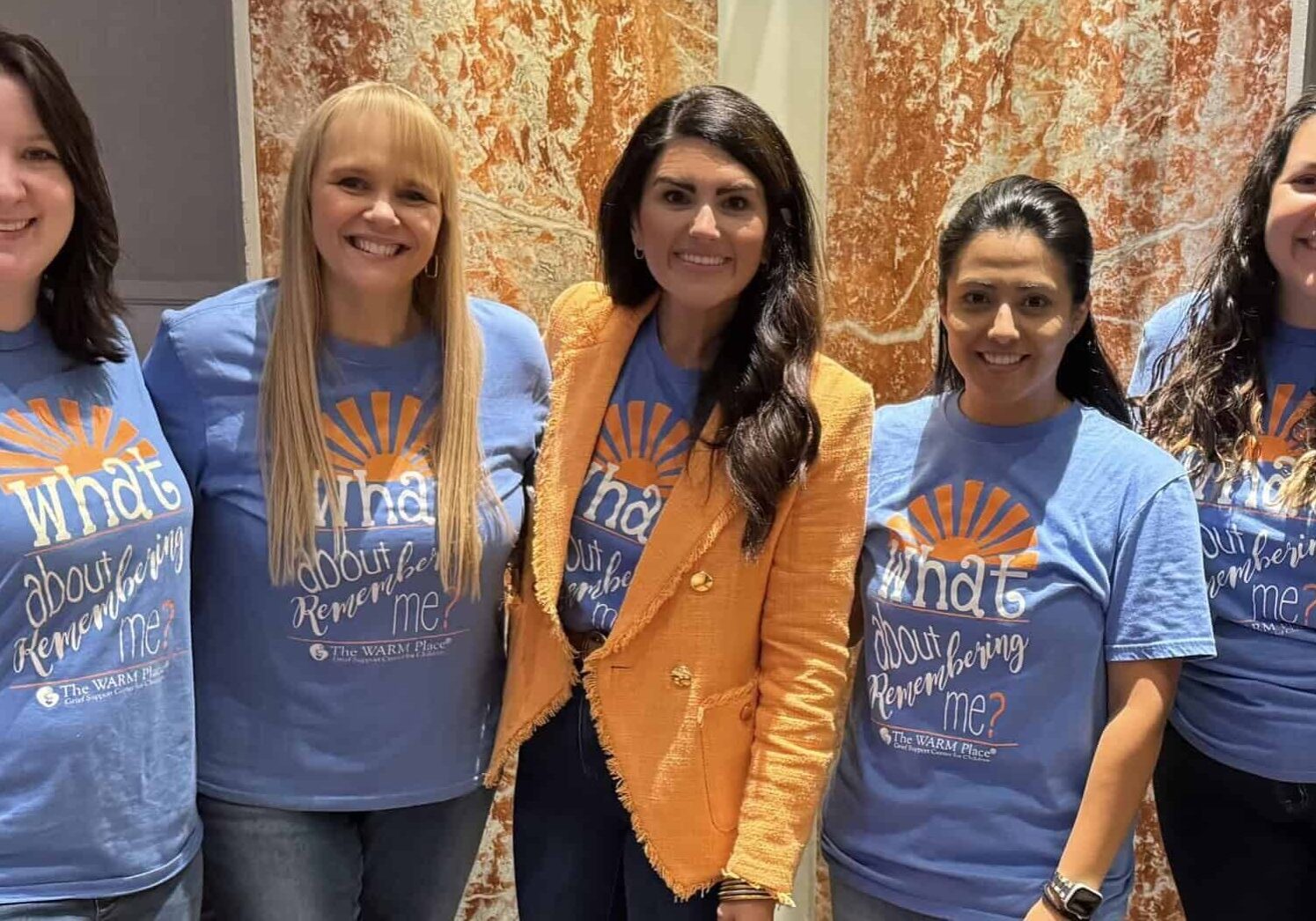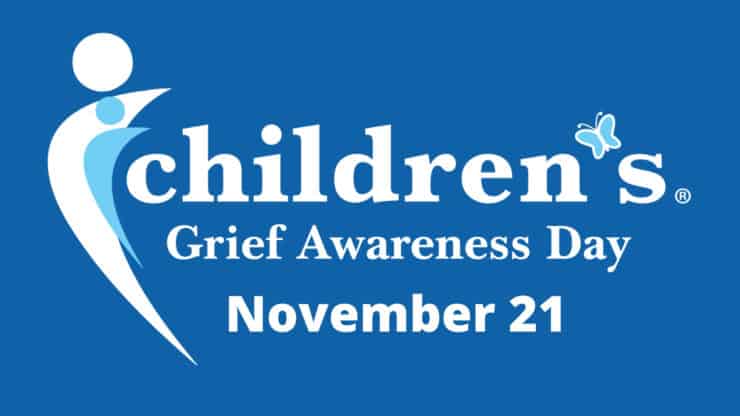 The month of November is Children’s Grief Awareness Month, with Children’s Grief Awareness Day on November 21st. This designation serves to remind us of the needs of grieving children across the country. Did you know that 1 in 14 children in the US will experience the death of a parent or a sibling before the age of 18? This statistic does not include other significant death losses such as grandparents, friends, or other family members. So, what are some ways we can care for these grievers who are among us at home, at school, and in our communities?
The month of November is Children’s Grief Awareness Month, with Children’s Grief Awareness Day on November 21st. This designation serves to remind us of the needs of grieving children across the country. Did you know that 1 in 14 children in the US will experience the death of a parent or a sibling before the age of 18? This statistic does not include other significant death losses such as grandparents, friends, or other family members. So, what are some ways we can care for these grievers who are among us at home, at school, and in our communities?
As a Parent or Guardian:
- Listen and validate all emotions.
The word ‘grief’ is not just synonymous with sadness. Grief encompasses all of the feelings we experience after someone important in our lives has died. That means its okay to feel angry, guilty, sad, confused, frustrated, etc.
All feelings are okay – all behaviors are not. This means that you can still validate feelings, while setting boundaries. Help your children target a healthier outlet for their grief if they are engaging in a behavior that is destructive, harmful, or otherwise outside of the acceptable bounds for your family. In doing so, you communicate that you see them, and you help them to regulate by giving them healthy choices of ways to let that behavior out.
- Don’t expect their grief to look like an adult’s grief.
Children grieve differently than adults do. They may not go through what looks like a significant “mourning period.” Instead, they may be feeling down one minute and then up and playing the next! This is a natural part of children’s grief. If your child is crying and saying she misses daddy one minute, but playing and laughing the next, know that her tears and emotion are genuine.
- Collaborate.
You may feel at a loss for how to help your child. It’s important to know that it’s okay to ask and talk to your child about their needs. Family members are all grieving differently, and what feels good for one family member may not feel good for another. For example, as you approach important dates like holidays, birthdays, or anniversaries, you may be wondering what would best suit your child’s needs. It’s okay to ask for some collaboration – “I was thinking of what we should do for mom’s birthday this year. What would you like to do?”
As a Teacher:
- Create a plan.
If you discover a child in your class has a loved one who has died, do what you can to collaborate with the family to create a plan. It is important to provide support and encourage the family to communicate with the school counselor who can help discuss how to help your child in school following a death loss.
Consider:
– Does the child want anyone to know? Control is very important for children who have experienced a death, so give them as much say as possible.
– If the child needs to see the counselor, step out of the classroom, or find someone to talk to, how will they communicate this to the teacher? Coming up with a plan or signal in advance can alleviate stress for the child or misunderstanding between teacher and student.
- See the “why” behind the behavior.
Grief does not always look like sadness. Expect that a grieving child may be more inattentive in class. They may lash out easier at teachers or other students, or even act out to get negative attention. Validate their feelings as often as you can and try to address the root of the problem, rather than focusing on the behavior.
As a Friend:
- Walk alongside.
Although we hurt when we see someone we love in pain, we cannot take away the pain of a grieving child. What we can do is provide the space for them to grieve in the way that they need to, not the way that we think they “should” grieve. This may mean listening when they need someone to talk to or joining them in one of their favorite hobbies.
- Remember their loved one.
It can be a special thing to hear memories of a loved one who has died – stories you never heard, or reminders of happy times. We sometimes think that bringing up the person who died might make a griever sad, but the truth is, many people who have experienced the death of a loved one may already be sad. If you are worried about whether your friend has the emotional space to talk about their loved one, try asking. “I was just thinking about your brother the other day – would you mind if I share a memory of him?” What you’re really asking is if you can give them a gift – a new memory of their loved one.
Take notice of those among you who may need extra care and attention as you reflect on Children’s Grief Awareness Day and month. Know that it can be as simple as listening and letting them know you hear them.
If you want to bring more awareness to children’s bereavement, wear blue on Children’s Grief Awareness Day, November 21st! You can also take a picture “holding on to HOPE” and share it with The WARM Place on social media. Visit the National Alliance for Grieving Children’s toolkit to learn more about how to be a hero to a grieving child today.
